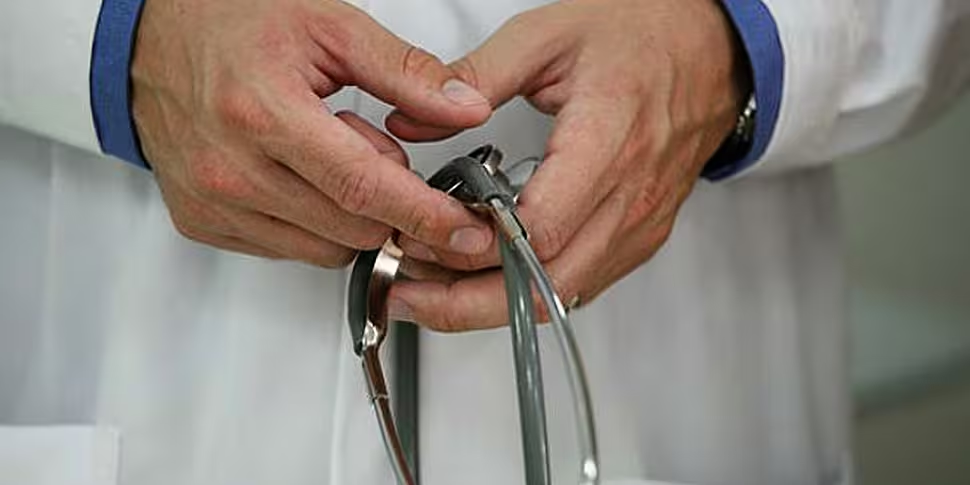I have more than a passing interest in how I communicate with others. Partly this is professional – I’m in the business of communicating ideas with audiences on-air or online – but I also have personal reasons for exploring the topic.
My speech impairment makes me acutely aware of how to make sure I get my point across in an efficient manner. The results can be hilarious. One eyebrow move and you know where you stand with me and some of my mime shortcuts would make me a gold medal performer at charades. There are times, however, when being able to get my point over may be a matter of life and death.
Both the BMJ and the Telegraph website reported a debate between two GPs in the UK on the merits of using alternative methods of communication such as texting or emailing to enhance the patient-doctor relationship. It is an area where I have some knowledge.
The GP practice that I attend is just as busy as any. That means I have to get my point across. This means I am armed with a typed out sheet of five or six bullet points as I head into the surgery. Time-saving tip number one. It also means my doctor has a whole archive of my bullet points to add to my file. While in the surgery, my trusty iPhone note app gets used quite often.
In the debate which I mentioned earlier, the doctor opposing the march of technology raised the question of emailing in an emergency or if you were in a vulnerable mental state and how effective that would be. I can only speak about an emergency. I would never use email in this way. I would get to a casualty or call an ambulance. Email works best when my GP and I are discussing any ongoing issue I may be having treatment with. That is its strength.
Like most things which it is linked, modern communication has a place to play in a patient-doctor relationship and just like everything to which it is linked, the application of common sense ensure it is an effective tool of communication.









